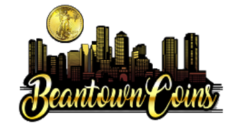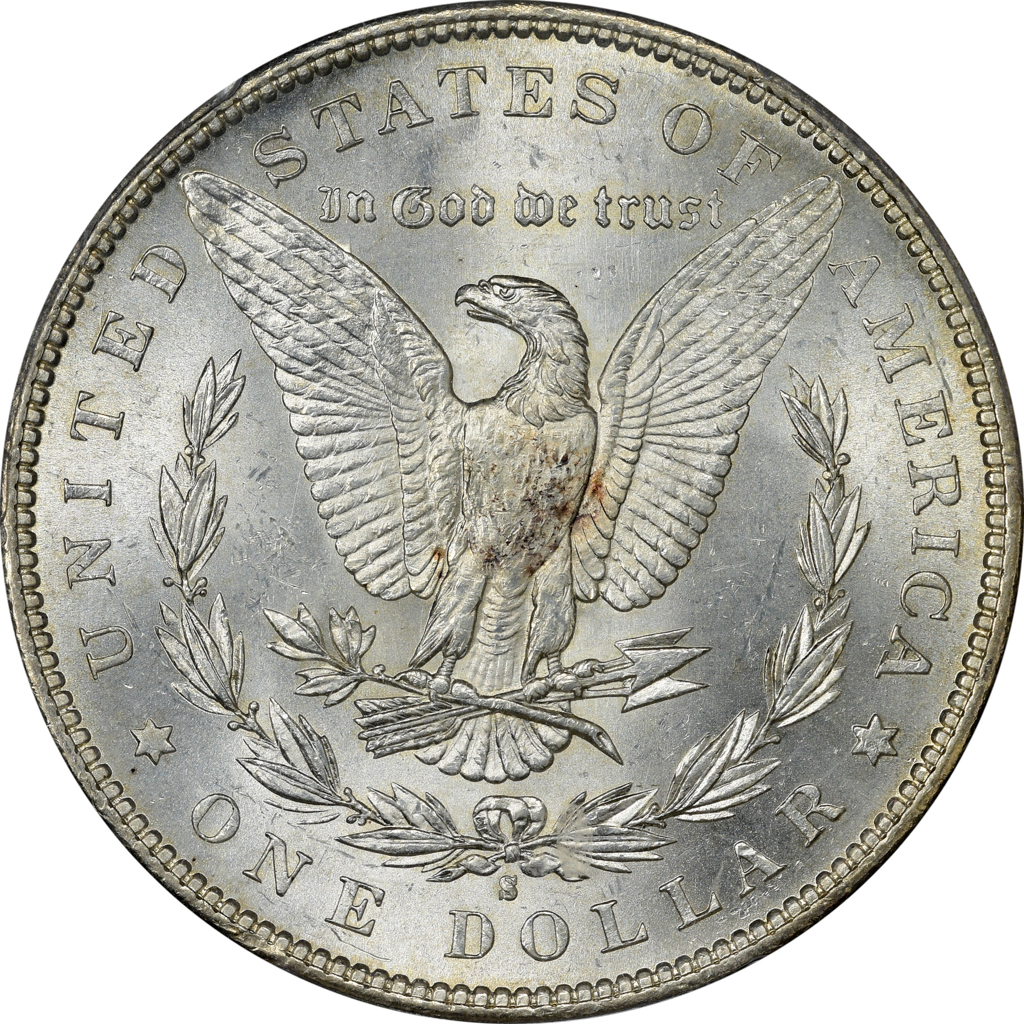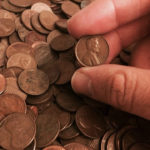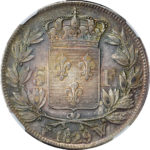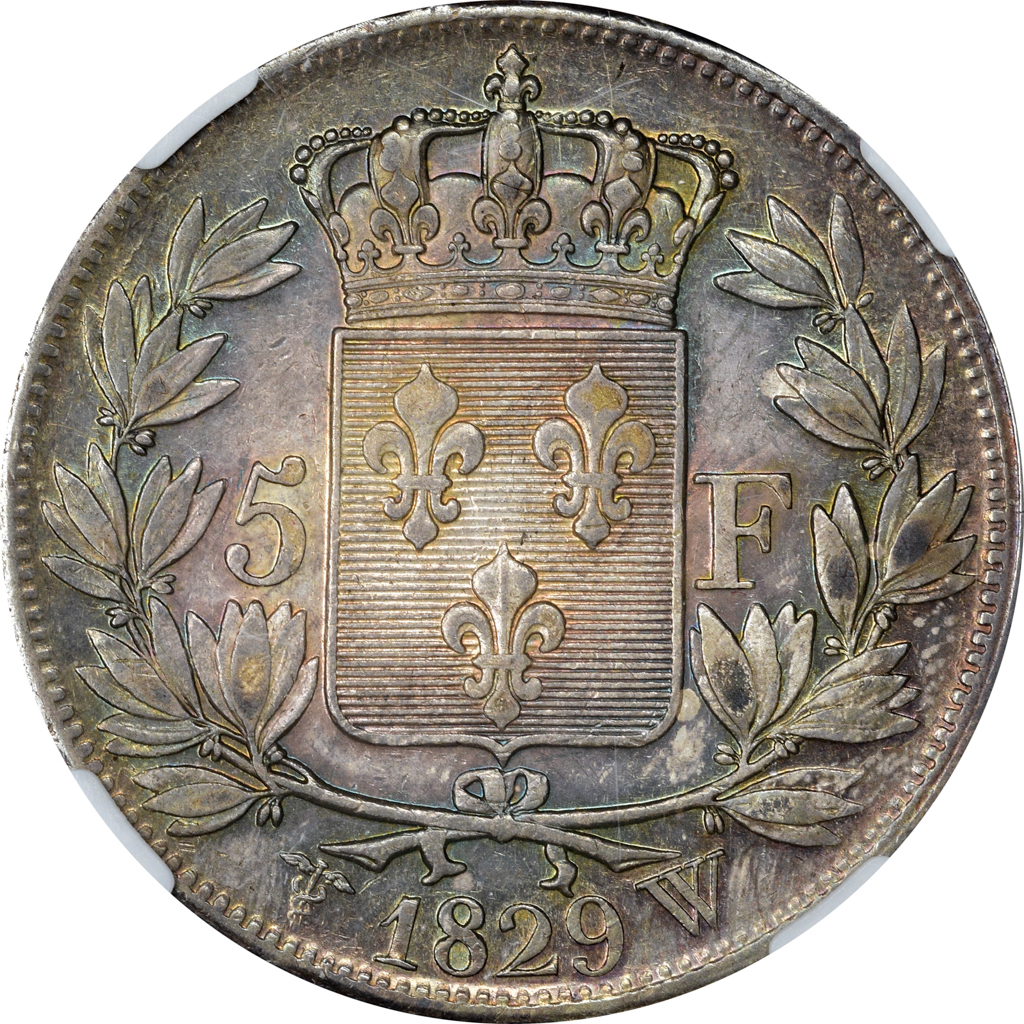Table of Contents
How to Find and Sell Valuable Rare Coins
Perhaps you’ve heard of a single coin that sold for a million dollar. Maybe you discovered a coin from the 1800s, or perhaps you inherited a coin collection. How can you know which coins are valuable? Where to go once you’ve discovered a desirable rare coin?
It should not be complicated as it appears. Understanding your ancient coins might give you fortune someday. So make it a practice to examine your coins. If you are familiar with the appearance of a common coin, you will be more likely to notice when one is slightly different. Set aside those that appear to be out of the ordinary and let experts inspect it. A numismatic knows what coins have value and what to discard.
Get the Right Numismatic Coins in Boston!
Call Beantown Coins at 857-294-7820 Today!
Tips in Finding and Selling Valuable Rare Coins
Here’s how to look for valuable coins and what to do if you discover one.
- Refer To The Coin Bible
A Guide Book of United States Coins is referred to as the “Red Book” by coin collectors. This book provides estimates of the value of old coins. It provides a basic understanding of technical grading and is written such that non-numismatists may understand it.” Notably, the book lists retail pricing rather than wholesale, as most dealers do.
2. Find Errors
Even minor changes can increase the value of a coin beyond its face value. Pay close attention to the wording and image edges. Look for doubling, damages, or missing pieces in your strikes.
Tilting the coin in the light may also reveal faults you didn’t notice right away. So, from top to bottom, flip the coin. The right-side-up side should be on the back. “Out of rotation” coins are slightly more valuable than “ideal” ones.
Examine the rim. Does it have acceptable edges, or are all of the words on the edge present? Certain types and years of coins have been found to have inaccuracies. Get to know these typical blunders so that you can spot them right away.
3. Check for Mint Marks
The mint marks are usually seen on the obverse (or head side) of most U.S. coins, but they can also be found on the reverse of some earlier coins. Philadelphia-minted coins frequently lack a mint mark. Some coins were manufactured at some mints but not others or were made in different amounts. The minting location of a coin can have a significant impact on its value.
4. Keep An Eye On Fakes
Determining the genuinity of a double-headed or double-tailed coin is hard to spot. It is possible to grind down one side of a coin and attach it to another to form a double-headed coin, though this is not common (or legal). These coins, often known as “magician’s coins,” are exciting and unique, but they are not valued. Thus, it is vital to look for any indications that two coins have been connected.
5. Sort Through Your Collection
Sort your coins by denomination before moving on to type. Over the past 200 years, each denomination has seen several design revisions.
After you’ve sorted them into design kinds, you may further refine your search by sorting them by year, mint, and any variants you find.
6. Get Your Coin Appraised
Before going to a dealer, organize your coins and check the Red Book on your own. You can take your complete collection to an appraiser, but they will charge you by the hour. However, if you can manage your collection, you will be able to do two things: you’ll reduce the amount of time it takes an appraiser to look at it, and you’ll be able to cross out coins that are too common to be worth an appraiser’s attention.
7. Properly Store Your Coins
When coins are in mint or near-mint condition, they are the most valued. With proper storage, scratches can be avoided. However, rare and valuable coins should be handled with greater caution. Make sure these containers, like other collectibles, are constructed of materials that won’t harm the coin, such as Mylar and acid-free cardboard. A third-party grading service is also recommended to encapsulate these.
Frequently Asked Questions
What Is the Numismatic Value Of A Coin?
Numismatic value is the amount you might expect to get for a circulated, uncirculated, or proof coin from your collection if you sell it. The scarcity of the coin, its condition, supply, and demand all play a role in determining its numismatic fair market value.
Do Numismatic Coins Go Up In Value?
The premium on numismatic coins is substantially bigger than the premium on regular bullion coins. Premiums might range from a quarter to tens of thousands of dollars. Rare coins have more significant premiums since they are, well, rare. This explains why, even when the gold price rises, some investors lose money on numismatics.
Are Numismatic Coins A Good Investment?
Some older coins can be ideal bullion value stores as well, albeit the price of the coins may include some numismatic value as well. These currencies aren’t always the ideal investments in terms of growth, but they do keep their value fairly well.
Finding Numismatic Coins in Boston
At Beantown Coins, our knowledge, reputation, and extensive network in the numismatic industry have allowed us to offer the highest rates possible to public sellers while using our established and vast network of collectors to identify the perfect buyer.
